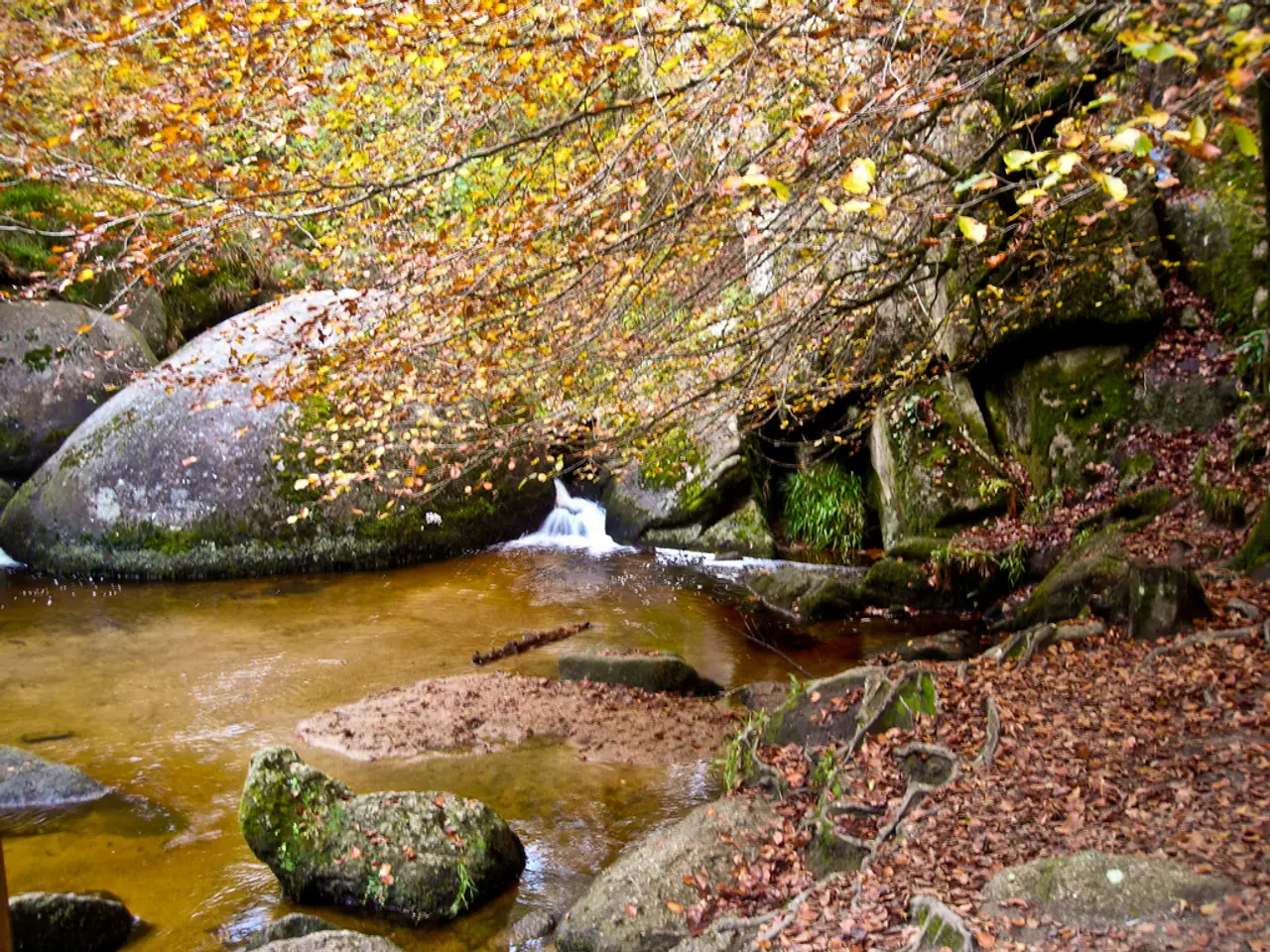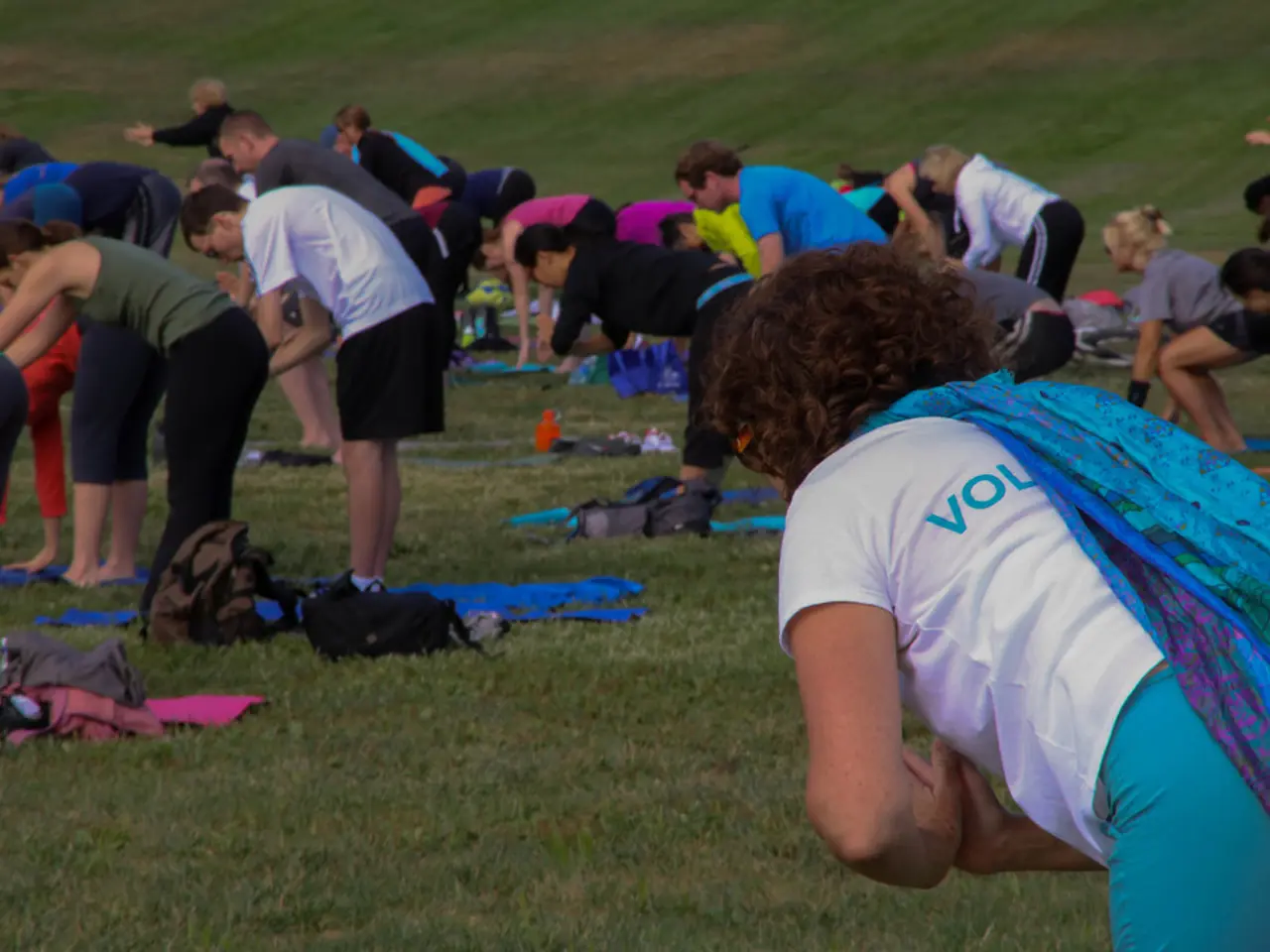Family-Friendly Garden Design: Tips from Chelsea Flower Show Expert on Balancing Kids and Aesthetics
Creating a Flexible and Adaptable Family Garden
A family garden should be more than just a place for plants – it should be a space that caters to the needs and interests of everyone in the family, from the youngest members to the oldest. Here's how to create a garden that is flexible, adaptable, and enjoyable for all.
Incorporate Shaded Seating and Hideaways
Shaded seating areas, such as benches under trees or hammocks under pergolas, provide cool retreats and sensory experiences for all ages. These areas offer a perfect spot for relaxation and enjoyment, with the added benefit of fragrant, tactile plants.
Create Distinct Zones
Designing a family garden means considering the interests of the younger members of the family. By creating distinct zones with different functions, you can cater to varied interests and ages. For example, a play area for children, quiet nooks for adults, and communal spaces for family bonding. Temporary or movable shelters, such as play tents or parasols, add adaptability for weather or varied uses.
Engage Children with Interactive Planting
Engaging children in the garden is essential for fostering a love of nature. Raised beds, fruit bushes, and wildflower patches provide opportunities for digging, picking, and watering, making the garden dynamic and biodiverse.
Use Durable and Weather-Resistant Materials
To support comfort, flexibility, and various social occasions throughout the day and seasons, use durable, weather-resistant materials and modular furniture. This will ensure that the garden remains practical and enjoyable for everyone, including adults and wildlife.
Maximize Vertical Space
For small gardens, maximize vertical space with planters or repurposed furniture, such as an old step ladder. This will help to display plants and attract wildlife, adding nature-based learning and enjoyment for children.
Integrate Sustainable and Locally Sourced Materials
Integrating sustainable and locally sourced materials, native plants, and features like community vegetable gardens will support environmental responsibility, education, and a comforting sense of place for all family members.
Consider Layout and Sun Movement
When designing a family garden, consider the layout and sun movement carefully. Ensure a good balance of sun and shade, and allow for natural airflow and thermal comfort with plantings and structures.
A Flexible and Adaptable Garden
By combining these elements, the garden becomes an evolving, inclusive environment accommodating everyone’s interests and comfort. A flexible lawn can provide space for play and sprawl, with sections left unmown for texture and biodiversity. Remember that the garden should evolve naturally as needs shift, so it's worth thinking carefully before installing any large, fixed play structures.
In conclusion, a family garden should be a multi-functional, nature-rich space that caters to everyone's needs. By following these guidelines, you can create a garden that fosters independence, creativity, and togetherness while addressing safety and climate considerations.
Summary Table: Key Features for a Flexible Family Garden
| Feature | Purpose/Benefit | Example | |-----------------------------|--------------------------------------------------------|----------------------------------------------| | Shaded seating & pergolas | Cool respite, sensory engagement | Benches, hammocks under trees | | Distinct zones | Cater to varied interests & ages | Play zone, quiet hideaway, family gathering | | Interactive planting | Engage children, biodiversity | Raised beds, fruit bushes, wildflowers | | Movable shelters & furniture| Adaptability for weather and activities | Play tents, parasols, modular seating | | Vertical gardening | Maximize small spaces, display plants | Old ladder as planter stand | | Wildlife-friendly planting | Education and natural stimulation | Bird feeders, butterfly-attracting flowers | | Sustainable/local materials | Environmental responsibility, cultural connection | Bamboo, earth, native plants | | Climate-aware design | Comfort across seasons | Shade trees, sun path consideration |
- The shaded seating areas and hideaways in a family garden offer cool retreats, sensory experiences, and relaxation for all ages, making them perfect for family bonding.
- Zones with different functions in a family garden cater to varied interests and ages, creating an environment suitable for everyone, including children, adults, and even wildlife.
- Engaging children in interactive planting activities, such as raising beds, fruit bushes, or wildflower patches, can foster a love of nature and make the garden dynamic and biodiverse.
- To ensure the garden remains practical and enjoyable for all, use durable, weather-resistant materials and modular furniture that can accommodate different social occasions across seasons.




